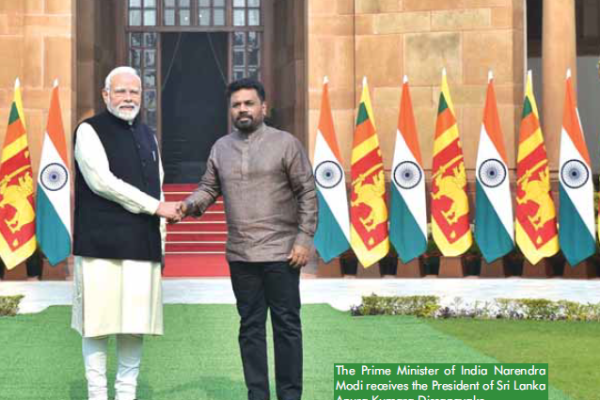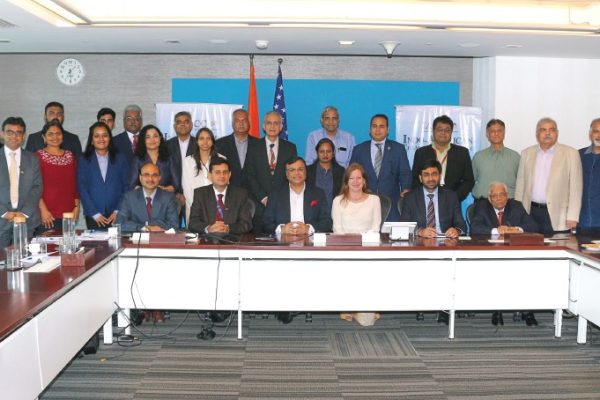
India and Sri Lanka: Fostering Partnerships for a Shared Future
There was much to cheer about India and Sri Lanka’s joint statement that promised a long and strong partnership for a shared future… India and Sri Lanka have embarked on a promising journey toward an enduring partnership, as outlined in their joint statement, highlighting a shared future of mutual benefit and collaboration. The meeting between…


